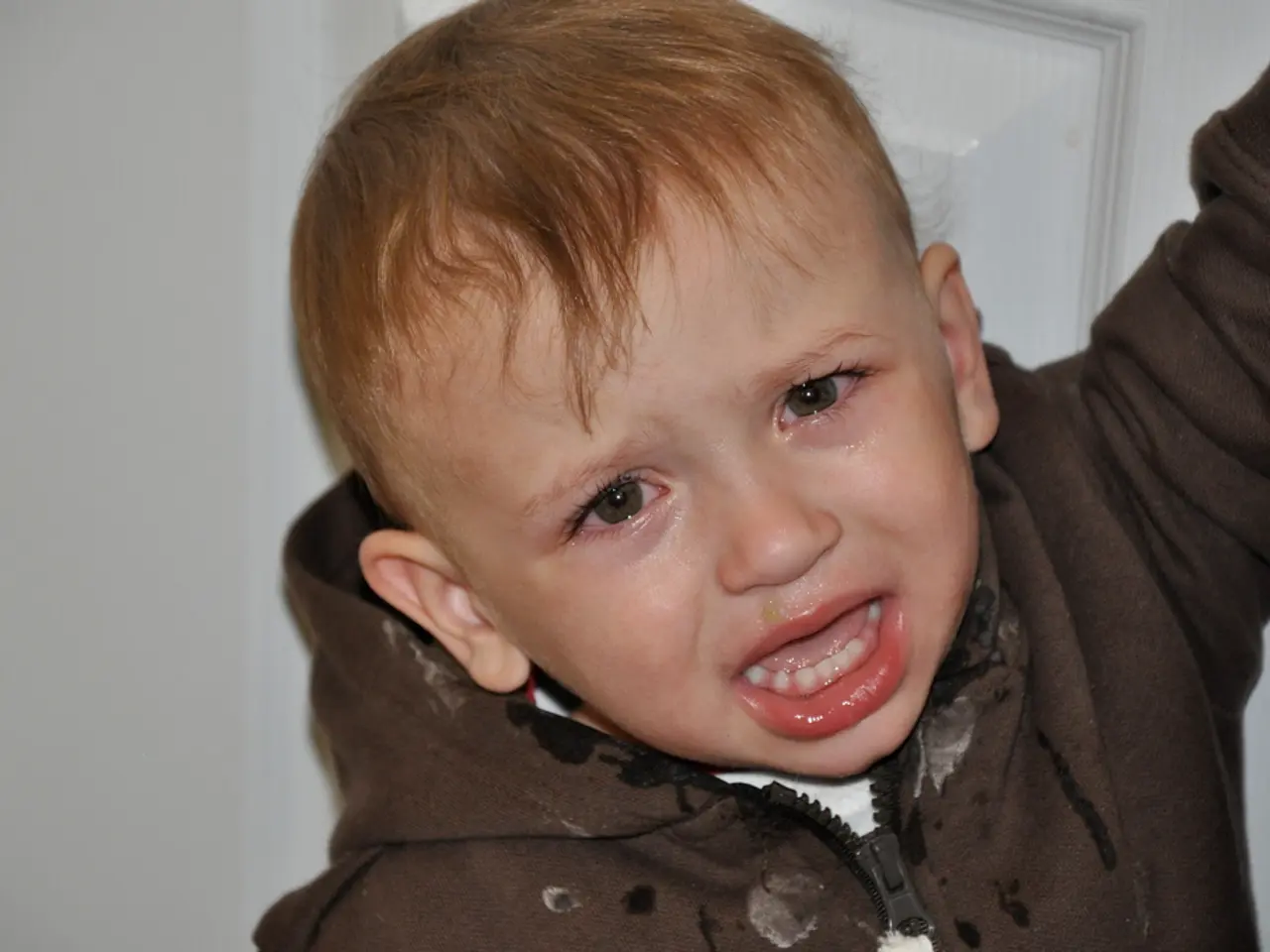Summertime Depression (Seasonal Affective Disorder): Causes, Symptoms, and Details
Summer Seasonal Affective Disorder: Understanding and Managing the 'Reverse SAD'
Summer Seasonal Affective Disorder (Summer SAD), also known as Reverse SAD, is a less common but still significant form of seasonal affective disorder. It affects approximately 5% of people in the United States annually, with the reasons behind it still not fully understood.
This condition is believed to be triggered by a combination of environmental and physiological factors. The long, hot, and bright days with intense sun exposure, heat, and humidity can disrupt normal sleep patterns and affect mood-regulating hormones like melatonin. Environmental factors such as heat stress, pressure to engage socially, disrupted daily routines, and summer allergies causing inflammation also play important roles.
Summer SAD symptoms include depressed mood, anxiety, restlessness, irritability, insomnia, decreased appetite and weight loss, and in some cases, aggressive behavior. Unlike winter SAD symptoms, which often involve oversleeping and weight gain, summer SAD leads to the opposite changes in sleep and appetite.
Treatment strategies for summer SAD are not fully standardized but can include sleep hygiene improvements to counteract insomnia, stress management to reduce anxiety and agitation, and possibly cognitive behavioral therapy (CBT) adapted to seasonal mood fluctuations. Practical interventions might also include keeping cool, managing allergies, and possibly adjusting exposure to intense sunlight.
If you or someone you know is experiencing symptoms of summer SAD, it's important to seek help to prevent the symptoms from impacting their lives. A doctor can help individuals find ways to manage stress and identify healthy coping strategies. They can also rule out other medical conditions, refer the individual to a mental health professional, and recommend medications to lift mood if necessary.
It's essential to remember that SAD is a recurrent major depressive disorder with a seasonal pattern. It usually begins in the fall and continues into the winter months, but can sometimes involve depression in the spring or early summer.
In conclusion, summer SAD is driven by altered light exposure and physical stressors in summer, causing sleep disruption and mood symptoms opposite to winter SAD. Treatment focuses on symptom management and lifestyle adjustments, with more research needed to clarify optimal treatments specific to summer SAD. If you suspect you might be suffering from summer SAD, don't hesitate to reach out to a healthcare professional for help.
[1] American Psychiatric Association. (2013). Diagnostic and Statistical Manual of Mental Disorders (5th ed.). Arlington, VA: American Psychiatric Publishing. [2] Rosenthal, N. E., & Sack, D. A. (1990). Seasonal Affective Disorder: A Comprehensive Treatment Guide. New York: Guilford Press. [3] Lewy, A. J., & Sack, D. A. (1996). Seasonal Affective Disorder: A Guide for Clinicians. Washington, DC: American Psychiatric Press.
- The science behind Summer Seasonal Affective Disorder (SAD), or Reverse SAD, is not yet fully understood, but it is believed that a combination of environmental and physiological factors might play a role.
- Affective mood changes and sleep disruptions are common symptoms of summer SAD, with affected individuals experiencing restlessness, irritability, insomnia, and decreased appetite.
- In the realm of health-and-wellness, mental health professionals often recommend various treatment strategies for summer SAD, such as sleep hygiene improvements, stress management techniques, and cognitive behavioral therapy (CBT) tailored to seasonal mood fluctuations.
- Proper nutrition can also be an essential part of the management of summer SAD, as a balanced diet rich in vitamins and minerals might help improve mood, reduce stress, and aid in restful sleep.




